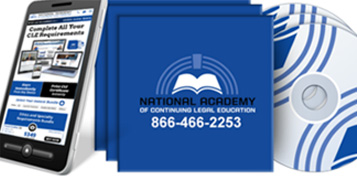About This Course
Recently, multiple state laws went into effect permitting college athletes in those states to earn money from the use of their Name, Image, & Likeness (NIL), subject to certain restrictions, without risking their collegiate eligibility. In response, the National Collegiate Athletic Association (NCAA) quickly eased some of its rules allowing athletes in all states, even those without a state law, to participate. So in a dramatic and sudden turn of events, collegiate athletes in the U.S. who had essentially been prohibited from endorsing products or services, or earning income related to their athletic accomplishments since the very start of collegiate sports in the late 19th Century because of rules on amateurism, suddenly were free to pursue opportunities normally associated with professional athletes.
This change has been marked by much controversy and misunderstanding and the goal of this course is to help clear up much of this misunderstanding and would be helpful to practitioners, university lawyers, business or transactional attorneys, aspiring representatives of athletes in NIL activity, or just interested sports' fans. The course will explore how this change came about in terms of shifting jurisprudence (O'Bannon v. NCAA) and developing state law making; differentiate NIL from "pay for play" and benefits to athletes under NCAA v. Alston; summarize the legislation now passed in more than half the states, and what is broadly permitted, prohibited, and how each law differs; discuss the ongoing but lessened role of the NCAA; provide guidance for attorneys wanting to operate in NIL space; and finally offer some practical lessons from the lecturer, who helped craft one of these statutes and helped implement his institution's NIL policies.






